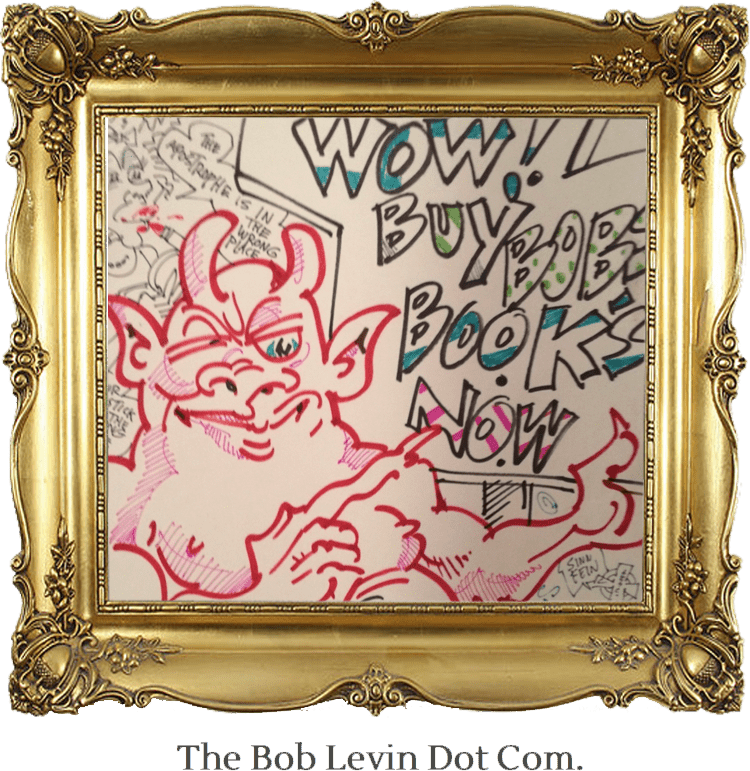Author’s Note: This list is a bit bastardized since two of the books on it are minis – each well under 100 pages – and one, while absolutely a book, has no words. (On the other hand, I’ve omitted volumes one-through-four of “The Arab of the Future,” a graphic autobio by Riad Sattouf, because my intent was/is to write about it.]
Except for the Keegans, which are lumped together for my convenience, the books here appear in the reverse order of completion.
Okay, here we go.
1 – 3. Let’s start with Claire Keegan, whose “Foster” was recommended by my friend Bud (not to be confused with my friend Budd). I liked it; Adele liked it; her sister liked it; our friend Marilyn liked it. So I ordered more Keegan. First was “Antarctica,” which turned out to be a short story collection, and I don’t read short stories; but the title story was so terrific I thought I would re-evaluate my position, only beginning a short story collection with your best makes the others pale in comparison, so I didn’t. Next came “The Forester’s Daughter,” which has been printed as a stand alone book, rather than as the short story it truly is; but it is excellent too.
4. Kate Atkinson’s “Shrines of Gaiety.” A lightweight mediocrity. That’s it. I’m done with Atkinson until she brings Jackson Brodie back.
5. Warren Hinckle’s “Saving Pagan Babies.” A woman in the café gave me this as a birthday present – and because I think she had it lying around the house. The piece about Selma was good. So was the one on Hunter Thompson. The rest seemed shallow, over-romanticized, and/or re-cycled Jimmy Breslin. Hinckle may have been a good editor and brilliant publicist but as a prose writer I can take or leave him.
6. James A. White. “Ransoms Are for Amateurs.” A crime novel swapped me by a fellow at the café whose wife had read her poetry at one of the “salons” I’d hosted. It had a fine beginning and a pretty good ending and is worth a look.
7. Kenzaburo Oe. “A Personal Matter.” Found on the cafe’s “Free” shelf. Emotionally powerful. Surprisingly (to me) different than the last Japanese novelist (Kawabata) I came across on that shelf. I may read more by him.
8. Jim Blanchard. “Brothers and Mothers,” a collection of portraits of (primarily) celebrities rendered in life-like similitude, often based on photographs by eminent photographers, leading me to wonder what impact the Supreme Court’s recent decision on Andy Warhol’s appropriations will have on Blanchard.
9. Sarah Bakewell. “At the Existentialist Café.” Some of it was too difficult. More of if was great fun. The history of post-WW II philosophy with focus on the personalities involved. But if you can understand Heidegger, let me know.
10. Louis Menand. “The Free World.” (Recommended by my friend Budd, not to be confused with my friend Bud.) Terrific cultural history of America, from “containment” to Vietnam., esp. if you grew up through these years. Not only has Menand read and understood people I’ve barely heard of, he’s read and understood commentators on them, and can point out who is wrong why. Everyone from Levi-Strauss to Elvis is here.
